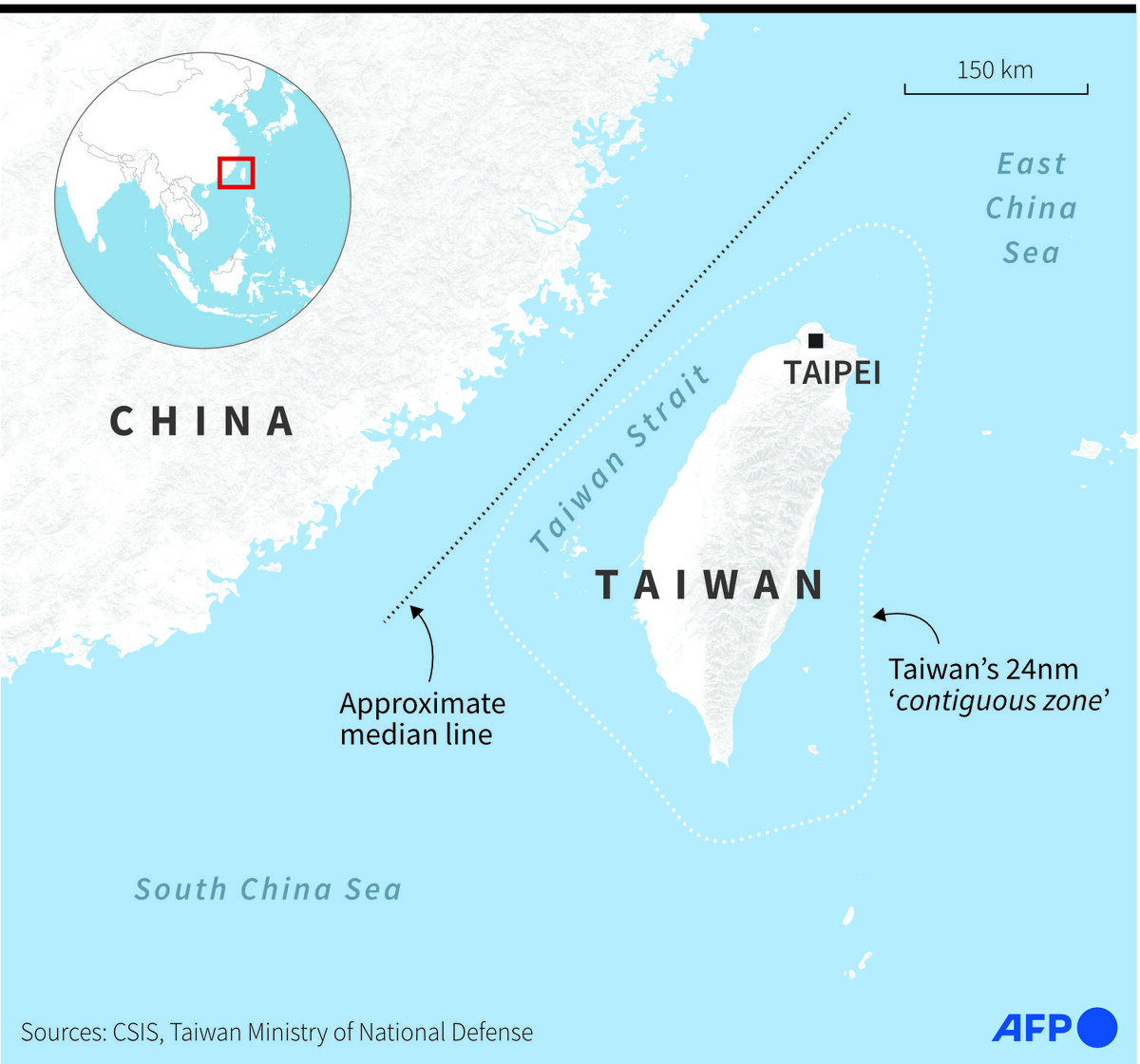COLOMBO: Sri Lanka will hold its presidential election on Saturday in a vote that will decide the future of the South Asian nation struggling to recover from its financial collapse in 2022, which spurred a popular uprising and drove former President Gotabaya Rajapaksa from power.
In the two years since the worst crisis in history hit the country and Rajapaksa fled, his successor, current President Ranil Wickremesinghe, has managed to introduce policy reforms to obtain an International Monetary Fund bailout.
While the austerity measures he introduced — including tax hikes — eased the shortage of essentials such as food, fuel, and medicines, they did not help his popularity.
Wickremesinghe, 75, will nevertheless be among the main figures in the election running as an independent candidate.
A six-time prime minister belonging to the old guard, which Sri Lankans blame for the 2022 crisis, he will compete with over 30 candidates running for office. Among them are Anura Kumara Dissanayake, 55, the leader of a Marxist-led coalition National People’s Power, and Sajith Premadasa, 57, Wickremesinghe’s former deputy and the leader of the largest opposition party, the United People’s Power.
“The election is significant because there is a degree of ideological polarization that we have never seen in a Sri Lankan election, at least since pre-independence really, (since) 1947,” Dr. Dayan Jayatilleka, academic and Sri Lanka’s former envoy to the UN, told Arab News.
Elections have traditionally been contested between coalitions of center-right and center-left parties but in the upcoming vote, competition will involve a boarder political spectrum.
“The sitting president is a right-wing conservative, Mr. Ranil Wickremesinghe. And the main challenger is the leader of the opposition, Mr. Sajid Premadasa, who has repeatedly called himself a social democrat,” Jayatilleka said.
“He’s a moderate progressive of a centrist nature, running against a sitting right-wing president, on the one hand, and a former revolutionary, still Marxist-Leninist, Anura Kumara Dissanayake … on the other. This is very, very new for Sri Lanka.”
The fourth main contender is Namal Rajapaksa, the 38-year-old heir apparent to the Rajapaksa and the son of Mahinda Rajapaksa — Gotabaya’s brother who had served several terms both as Sri Lanka’s president and prime minister.
“Namal Rajapaksa is running for the presidency now, but he’s a serious contender for the presidency next time, in five years,” Jayatilleka said.
“This is a trial run … It’s aimed to retain the vote base of the Rajapaksas and their party, the Sri Lanka Podujana Peramuna (Sri Lanka People’s Front) and prevent that vote from going with certain ministers of their party, who have defected to the side of President Wickremesinghe.”
Sri Lanka has a presidential system, in which the president heads the government and can appoint and dismiss the prime minister and the other ministers.
Almost 17 million of the island nation’s 22 million people are eligible to take part in Saturday’s vote, where they can select three candidates from the ballot paper.
The first preferences will be counted first and the candidate who secures more than 50 percent of the valid votes will win. If there is no clear winner, the first two candidates will be retained, and the ballot papers will be checked again to see if either of them was a second or third preference.
Those votes will be added to the tally of the two candidates and the one who receives the highest number will be declared the winner.
While the country’s economy is the key issue in the election, Dr. B.A. Husseinmiya, a Sri Lankan historian and former professor at the University of Brunei Darussalam, said there is also a need for change due to public disillusionment with mainstream politicians.
The mass protest movement that erupted in 2022 against then-president Rajapaksa and his prime minister brother, and forced both to quit, was what gave rise to the leftist National People’s Power.
“It’s a most historic occasion when an underdog like the NPP emerges so fast, which is (the result of) all the mistakes the past regimes have made,” Husseinmiya told Arab News.
“I think people everywhere are coming to believe that change is very important if you want to move forward.”




























